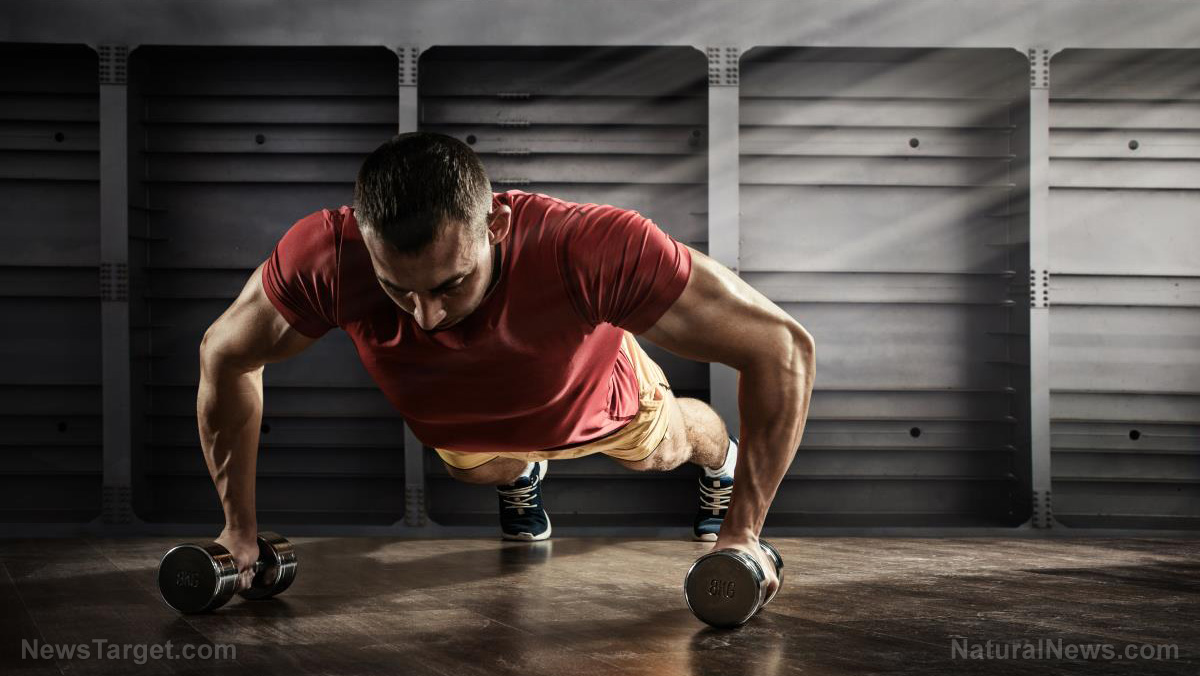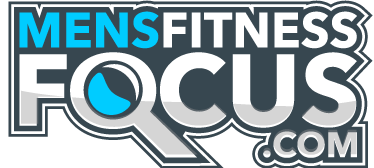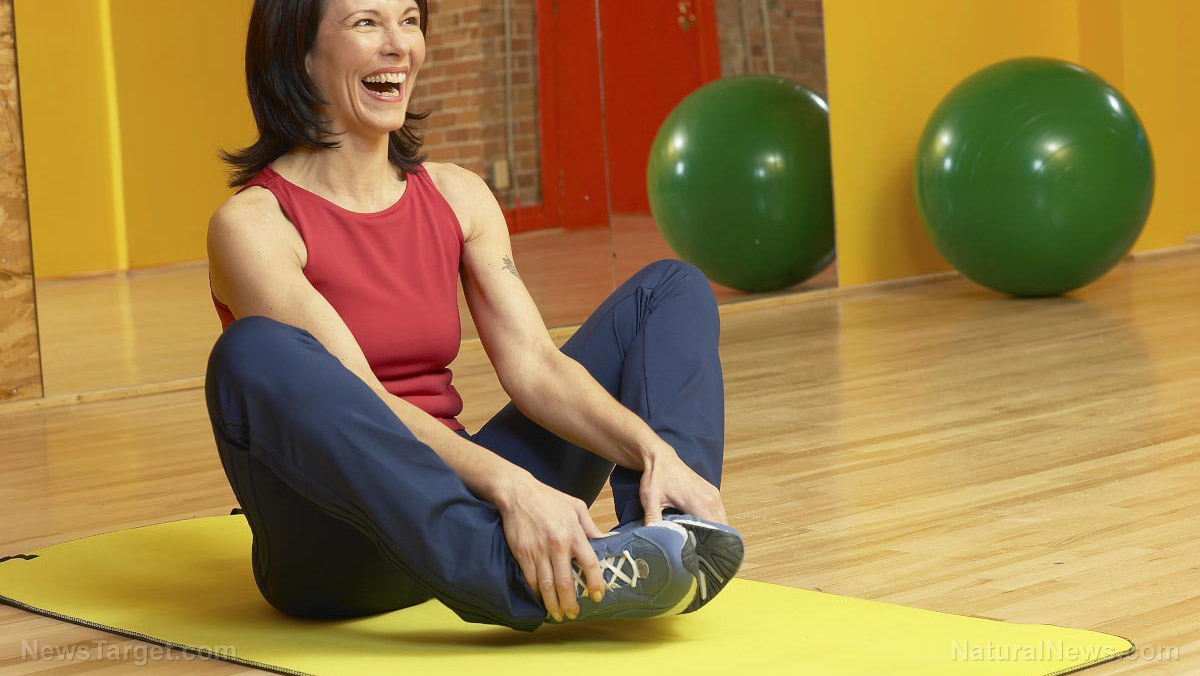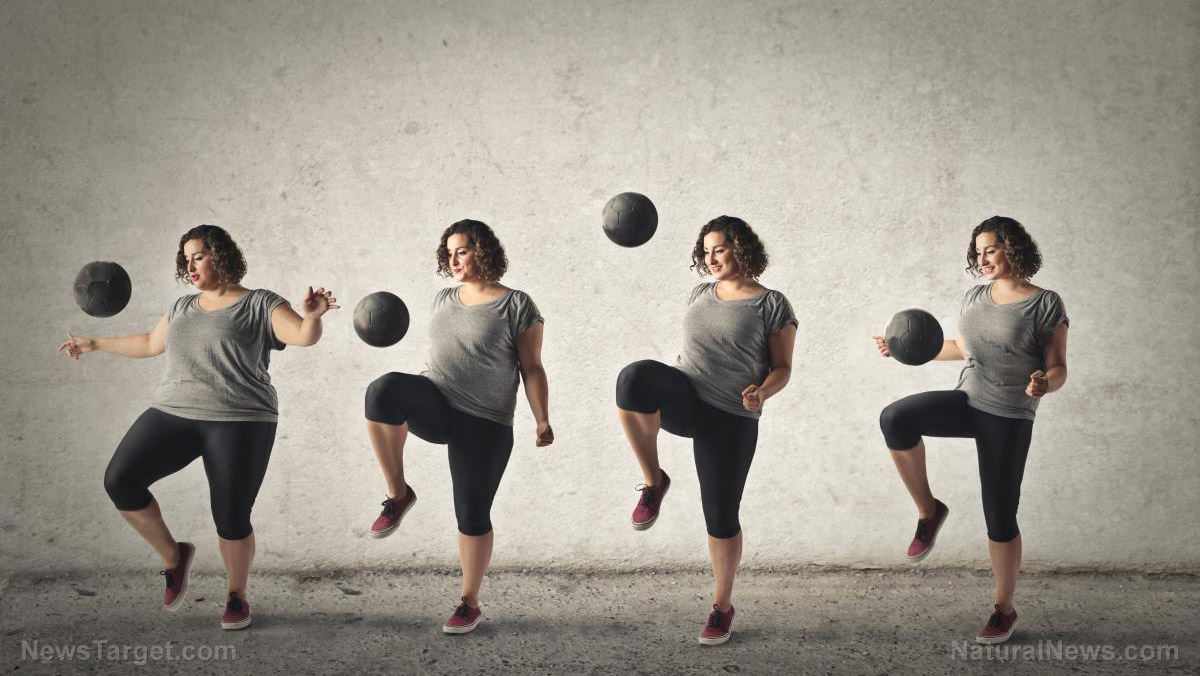Better body, better brain: High intensity workouts found to benefit memory
10/09/2018 / By Ralph Flores

A recently-published research from McMaster University reports that high-intensity workouts, also known as high-intensity interval training (HIIT), not only develop your muscles but help out with memory as well. According to the study, joining in at least six weeks of intensive workouts, such as short rounds of interval training for 20 minutes, can noticeably improve high-interference memory. This type of memory allows people to distinguish items, which allows a person to identify, for example, their car from another of the same make and model.
Researchers behind the study, which was published in the Journal of Cognitive Neuroscience, have pointed out the importance of the findings, particularly for its immediate effects. Participants of the study posted an increase in memory over the duration of the experiment. Moreover, participants who greatly benefited from the exercise also received an increase in their brain-derived neurotrophic factor (BDNF), a protein that aids in the growth, function, and survival of brain cells.
“Improvements in this type of memory from exercise might help to explain the previously established link between aerobic exercise and better academic performance,” according to lead author Jennifer Heisz of the Department of Kinesiology at McMaster. “At the other end of our lifespan, as we reach our senior years, we might expect to see even greater benefits in individuals with memory impairment brought on by conditions such as dementia.”
The researchers asked 95 young adults to participate in the study. All those who joined the experiment had no previous experience with exercise. They were then enrolled in a six-week HIIT program. For the study, they would work out for 20 minutes — they would alternate between one minute of high-intensity workout and one minute of recovery. Participants underwent this three times a week — Monday, Wednesday, and Friday — for a total of six weeks.
Individuals were tested for changes in their memory before and after the program, as well as other factors in their blood that were known to aid in brain health.
Researchers discovered exercise improved a certain aspect of a person’s memory — particularly its ability “to have a high fidelity memory with minimal interference.” (Related: Exercise found to treat chronic disease conditions better than drugs, with no toxicity.)
Moreover, people who were great with HIIT exercises also had an increased neurotrophic factor in their bloodstream. However, researchers indicated that starting with a high-intensity exercise may not be for everyone, and it’s best to start with a lower intensity then progress upward.
The findings indicate a possibility of developing programs designed to tap both exercise and cognitive training in order to support cognitive function. Researchers are now looking at further studies on how this research will translate to people who have dementia or Alzheimer’s disease — as studies show that BDNF is low for people with the condition.
“We’re thinking that if we can use exercise to increase BDNF to improve this memory, then it may help individuals with dementia and Alzheimer’s. In a follow-up study to this one, we have run older adults through the same protocol. Preliminary results suggest that we get the same positive benefits to memory, but this is not yet published,” Heisz explained.
Starting your high-intensity workout
The appeal of HIIT is that a person can get a lot of exercises done at a fraction of the time, over other traditional exercises. This is done by alternating short bursts of high-intensity workouts and recovery periods. However, HIIT workouts, as with all physical activity, carry some risk of injury when not done right. Still, if you’re in the market to spice up your workout routine, here are some steps to ease into a HIIT workout:
- Start slow. It’s best to start at a manageable level of aerobic fitness before engaging in a full HIIT workout. Do a steady cardio workout to condition your body, then add more intensity and intervals as you improve.
- Choose an exercise you like. Pick a HIIT mode you enjoy doing and try to integrate it with your training. Just make sure that the exercise targets large muscle groups and has the ability to accelerate to top speed and decelerate as quickly.
- Listen to your body. Don’t push your body if it’s fatigued. Likewise, don’t overdo it.
Read more articles on how to improve your exercise routine by checking out Slender.news.
Sources include:
Tagged Under: cognition, fitness, high intensity workouts, HIIT, memory, mental health



















